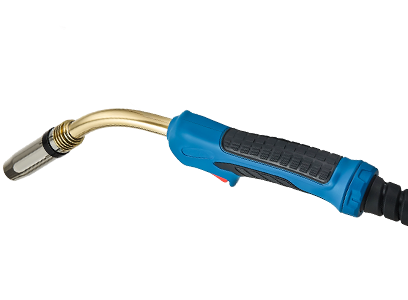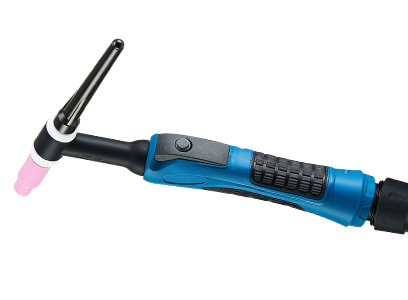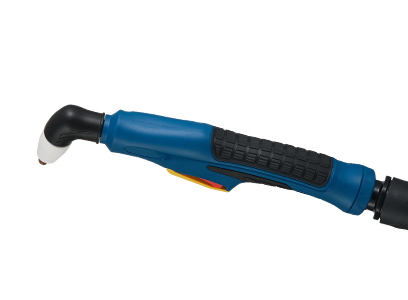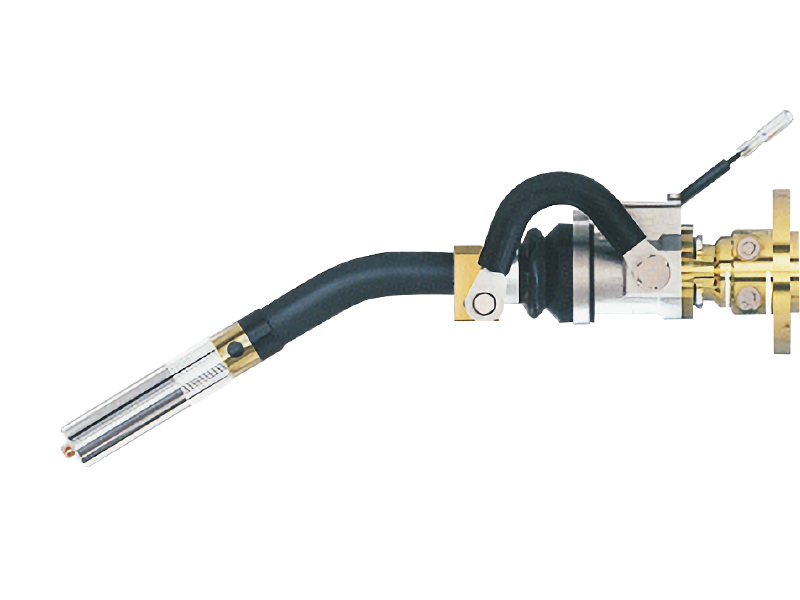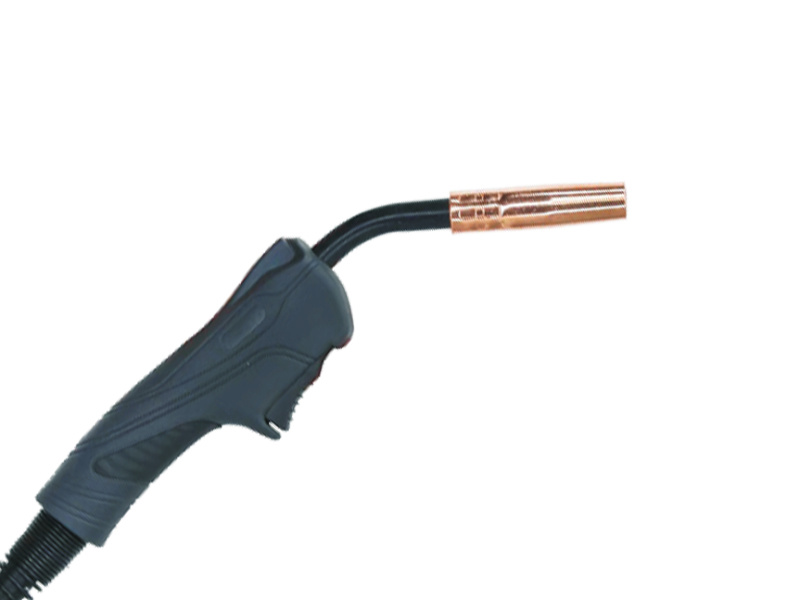Essential Insights on MIG Torch Replacement: A Comprehensive Guide
When it comes to MIG (Metal Inert Gas) welding, the torch is one of the most vital components of the entire setup. Over time, as with any tool or equipment, MIG torches can wear out or become damaged, necessitating a replacement to maintain welding quality and efficiency. Understanding the nuances of MIG torch replacement can make a significant difference in your welding outcomes.
First and foremo
When it comes to MIG (Metal Inert Gas) welding, the torch is one of the most vital components of the entire setup. Over time, as with any tool or equipment, MIG torches can wear out or become damaged, necessitating a replacement to maintain welding quality and efficiency. Understanding the nuances of MIG torch replacement can make a significant difference in your welding outcomes.
First and foremost, recognizing the signs that indicate a need for MIG torch replacement is crucial. Common symptoms include difficulty in maintaining a stable arc, excessive spatter, inconsistent wire feed, or physical wear and tear on the torch itself. If you notice any of these issues, it may be time to consider a replacement. Ignoring these signs can lead to poor weld quality and even damage to the workpiece.
The actual process of replacing a MIG torch can vary based on the specific model and manufacturer. Generally, it involves detaching the old torch from the welding machine, which may require loosening various fittings and connections. Once the old torch is removed, the new one can be installed by reversing the process. It's important to ensure that all connections are secure to prevent gas leaks and ensure optimal performance.
When selecting a new MIG torch, there are several factors to consider. Firstly, compatibility with your welding machine is essential. Different machines may require specific torch types and sizes, so always refer to the manufacturer's guidelines. Additionally, consider the torch's handle design, as ergonomic grips can enhance comfort during extended use. Furthermore, the torch's nozzle and contact tip materials also play a crucial role in the welding process. Copper alloys are commonly used due to their excellent conductivity and heat resistance.
Another key aspect of MIG torch replacement is maintenance. Regularly cleaning the torch and inspecting it for wear can extend its lifespan and keep your welding performance at its peak. Simple steps, like cleaning the nozzle after each use and regularly replacing contact tips, can significantly reduce the frequency of replacements.
In conclusion, MIG torch replacement is an essential aspect of maintaining efficiency and quality in MIG welding. By understanding the signs indicating a need for replacement, following the proper installation procedures, and considering the right features when selecting a new torch, welders can ensure their equipment remains in optimal condition. Regular maintenance also plays a vital role in prolonging the life of your MIG torch, ensuring smooth and effective welding operations.
First and foremost, recognizing the signs that indicate a need for MIG torch replacement is crucial. Common symptoms include difficulty in maintaining a stable arc, excessive spatter, inconsistent wire feed, or physical wear and tear on the torch itself. If you notice any of these issues, it may be time to consider a replacement. Ignoring these signs can lead to poor weld quality and even damage to the workpiece.
The actual process of replacing a MIG torch can vary based on the specific model and manufacturer. Generally, it involves detaching the old torch from the welding machine, which may require loosening various fittings and connections. Once the old torch is removed, the new one can be installed by reversing the process. It's important to ensure that all connections are secure to prevent gas leaks and ensure optimal performance.
When selecting a new MIG torch, there are several factors to consider. Firstly, compatibility with your welding machine is essential. Different machines may require specific torch types and sizes, so always refer to the manufacturer's guidelines. Additionally, consider the torch's handle design, as ergonomic grips can enhance comfort during extended use. Furthermore, the torch's nozzle and contact tip materials also play a crucial role in the welding process. Copper alloys are commonly used due to their excellent conductivity and heat resistance.
Another key aspect of MIG torch replacement is maintenance. Regularly cleaning the torch and inspecting it for wear can extend its lifespan and keep your welding performance at its peak. Simple steps, like cleaning the nozzle after each use and regularly replacing contact tips, can significantly reduce the frequency of replacements.
In conclusion, MIG torch replacement is an essential aspect of maintaining efficiency and quality in MIG welding. By understanding the signs indicating a need for replacement, following the proper installation procedures, and considering the right features when selecting a new torch, welders can ensure their equipment remains in optimal condition. Regular maintenance also plays a vital role in prolonging the life of your MIG torch, ensuring smooth and effective welding operations.
TAG:
Previous:
Related Posts
Essential Insights on MIG Torch Replacement: A Comprehensive Guide
When it comes to MIG (Metal Inert Gas) welding, the torch is one of the most vital components of the entire setup. Over time, as with any tool or equipment, MIG torches can wear out or become damaged, necessitating a replacement to maintain welding quality and efficiency. Understanding the nuances of MIG torch replacement can make a significant difference in your welding outcomes.
First and foremo

